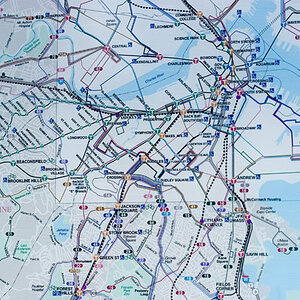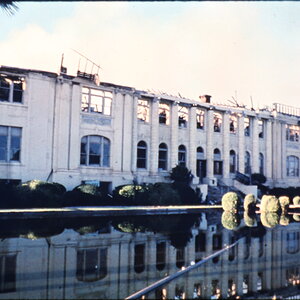aussiemummy
TPF Noob!
i posted this in the portrait section but someone sugested that i put it here to..
ok i have just branched out into the big wide world of professional photography. Up until now i have bee developing and printing my own black and white photos. but since becoming professional i have been shooting in colour, and editing in PS 0.7. Now i have NO idea how to get the images printed.
what size do they have to be(do i look at actual pixels, image size or print size)? what dpi? where? average cost? i have no idea about any of these things :er:
thanks guys
ok i have just branched out into the big wide world of professional photography. Up until now i have bee developing and printing my own black and white photos. but since becoming professional i have been shooting in colour, and editing in PS 0.7. Now i have NO idea how to get the images printed.
what size do they have to be(do i look at actual pixels, image size or print size)? what dpi? where? average cost? i have no idea about any of these things :er:
thanks guys




![[No title]](/data/xfmg/thumbnail/36/36669-32e6602a9741e9fefddbc9dc04bc8e8f.jpg?1619737676)
![[No title]](/data/xfmg/thumbnail/37/37537-25afab1a7980214af6067df3c997c353.jpg?1619738132)




![[No title]](/data/xfmg/thumbnail/36/36668-ac1cd3882e96edd642d568c48ed3e7a5.jpg?1619737676)


![[No title]](/data/xfmg/thumbnail/37/37534-e0f67d1d14bd79cca15937359f0e4c94.jpg?1619738132)